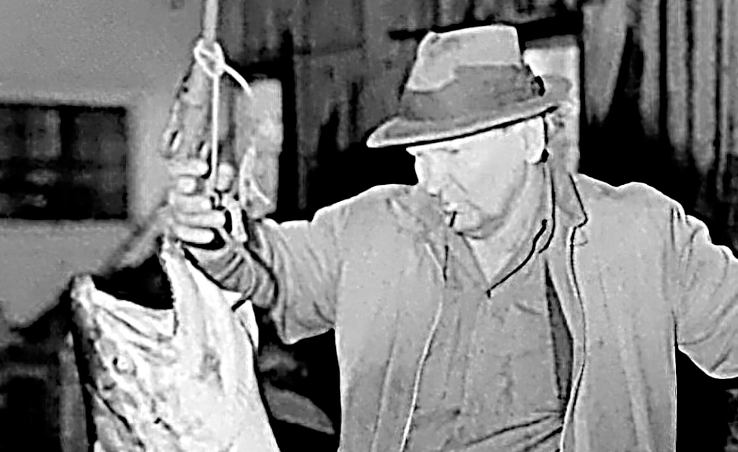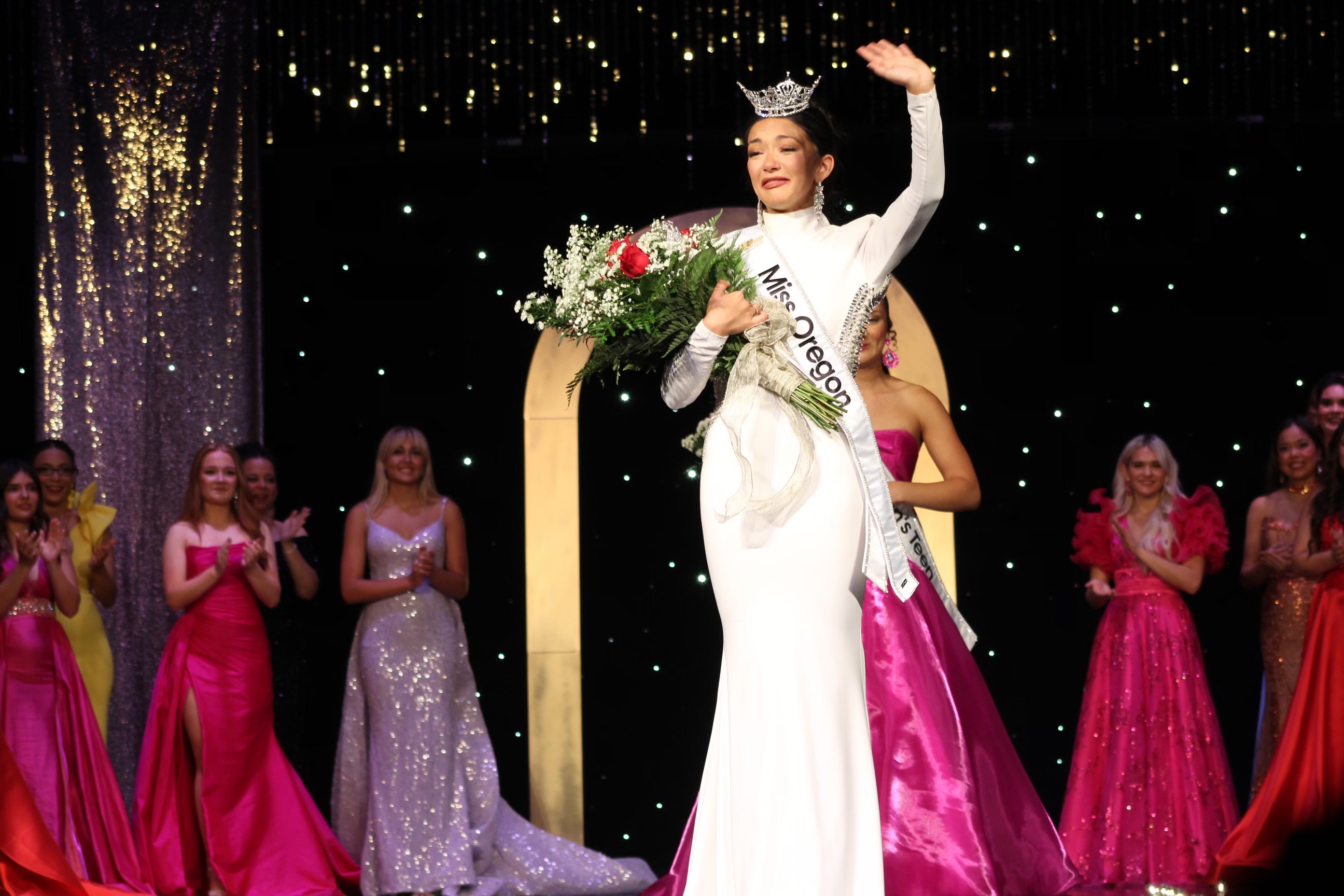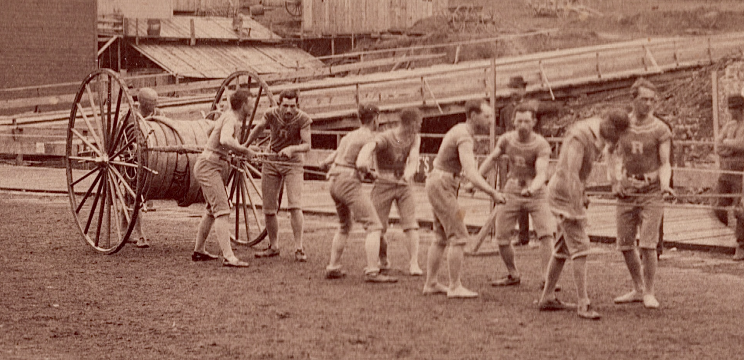Weekend Break: Crossing lines
Published 1:00 pm Friday, May 31, 2024

- The sea represented an opportunity for freedom and fluidity during the Age of Sail.
Line-crossing ceremonies are rites of passage in the maritime world, marking sailors’ movement across key waterways or geographic regions — like the equator, prime meridian, international date line or Arctic Circle.
These ceremonies provided formal opportunities for sailors to dress in gender-nonconforming clothes as members of King Neptune’s court.
During the equatorial line-crossing ceremony, mariners often take on the roles of King Neptune, Queen Amphitrite, Davy Jones and an assortment of jesters and scribes.
The inductees, also known as “pollywogs,” face a range of pranks and obstacles as they become “shellbacks” like the more experienced crew members.
Given sailing vessels’ male-dominated environment, men often took on a drag-like persona to play the role of Queen Amphitrite — and this tradition carries on. Even on modern vessels, where women are more represented in the industry, male sailors still play Amphitrite and infuse the role with their own flair.
Life at sea during the “Golden Age of Sail” often provided a more fluid environment for queer relationships and gender expression than what would have been possible on land. Although definitions of gender and sexuality were much different during the Age of Sail than they are today, the sea represented an opportunity for freedom and fluidity.
Up until the 1920s, Americans’ ideas about platonic and romantic relationships were more blurred than we may think of them today. It was culturally accepted by many in the late 1800s and early 1900s for young people to develop “crushes” on their same-sex peers.
Long stints at sea on deepwater sailing ships could provide a safer place for queer people to develop routines, rituals and norms separate from mainland culture.
Historians Jo Stanley and Seth Stein LeJacq highlight that queer relationships existed despite there not being a culturally known or accepted terminology for them at the time. Being underway for a long period — or taking multiple assignments together — was one of the safer ways for queer people to have long-term relationships with each other.
Some sailors maintained queer relationships onboard that ended when the ship came to port. For them, engaging in these relationships may have just been an opportunity for emotional and physical intimacy that was otherwise unavailable in such a male-dominated space.
Ports of call were transitional places where many types of people came and went. Oceangoing jobs were opportunities for people assigned female at birth to support themselves, disguised in masculine clothing.
Many of these sailors identified as women and presented themselves as men knowing they could live a life unhindered by the expectations set for women at the time.
Pirates Anne Bonny and Mary Read famously wore men’s clothing on Capt. John Rackham’s ship in an attempt to sail the high seas undetected.
It is hard to track down documentation on which of these sailors dressed opposite to their assigned gender because of the social benefits it gave them or because they truly felt their gender identity aligned in this way.
Miriam Rocek, Lafayette Matthews and Jules Peiperl’s program, “Queer chanteys, queer sailors” at South Street Seaport Museum emphasized that some of these sailors may also have been queer, trans or genderqueer people who were not “dressing up” to play the part of a man, but rather were presenting as a more authentic version of themselves.
Many were going against the grain of perceived gender roles without there being a contemporary vocabulary for queerness at the time.






